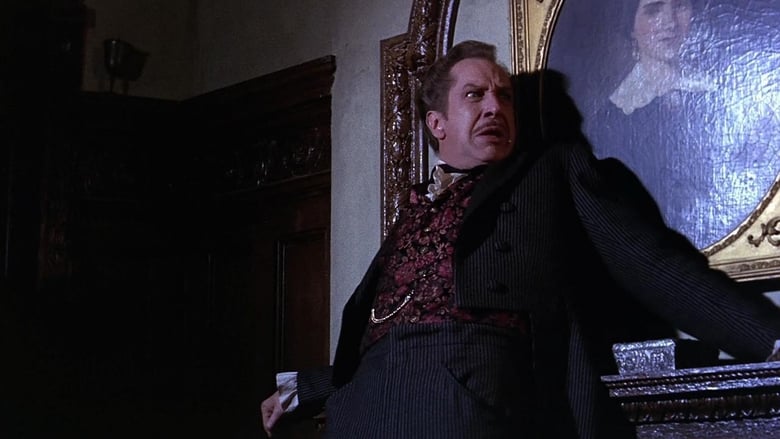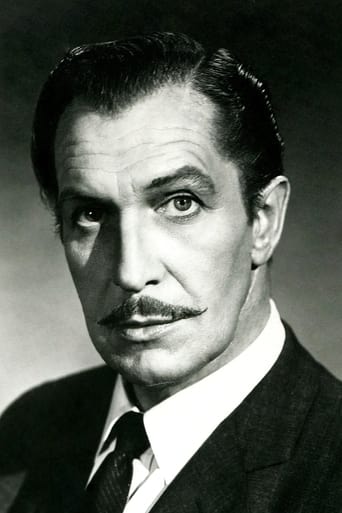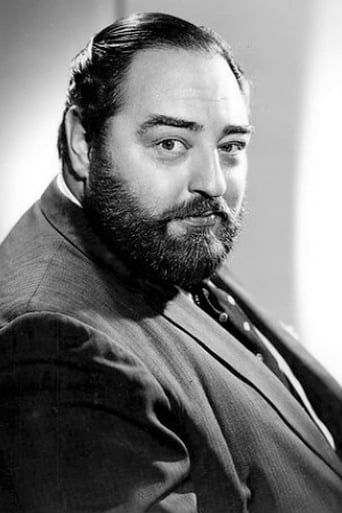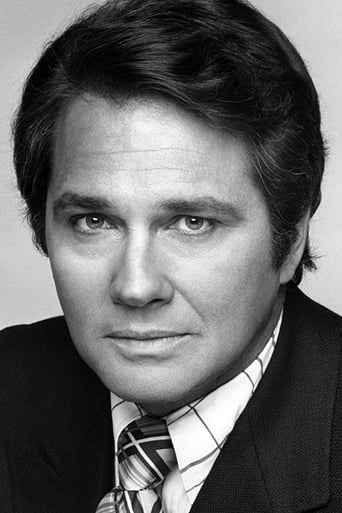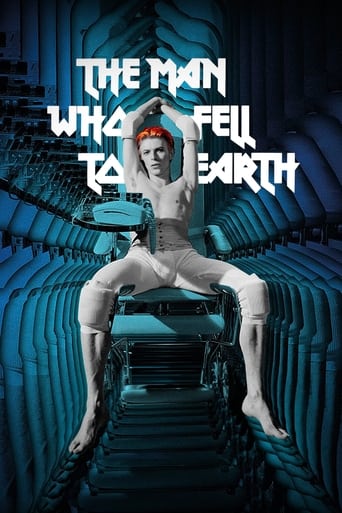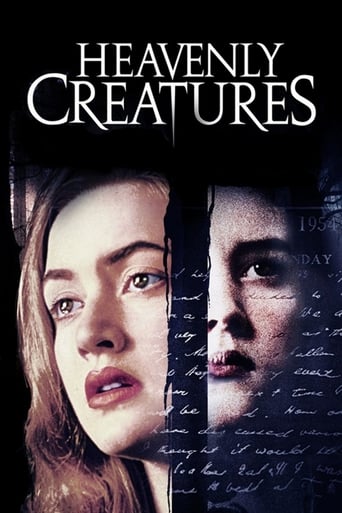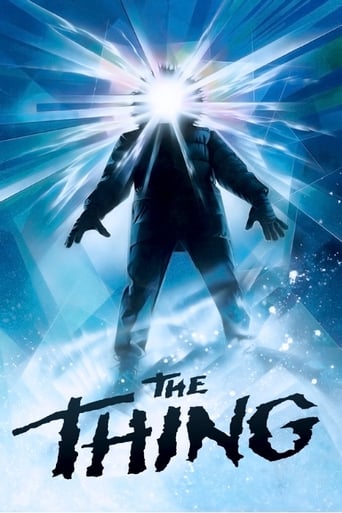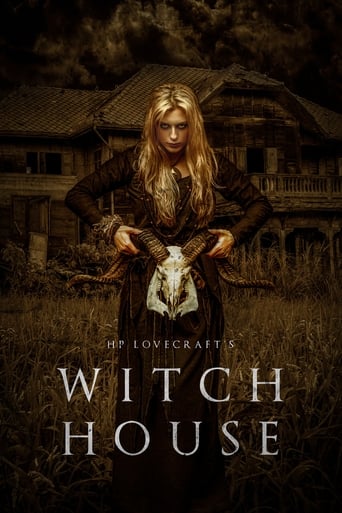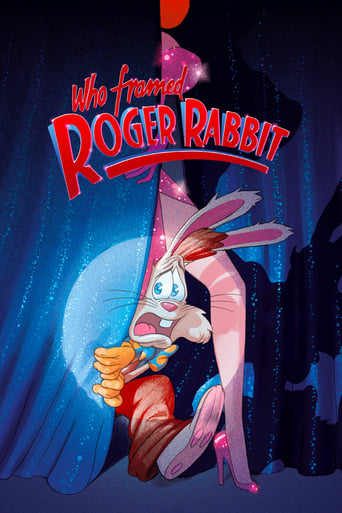Twice-Told Tales (1963)
3 horror stories based on the writings of Nathaniel Hawthorne. In the 1st story titled "Dr. Heidegger's Experiment", Heidegger attempts to restore the youth of three elderly friends. In "Rappaccini's Daughter", a demented father is innoculating his daughter with poison so she may never leave her garden of poisonous plants. In the final story "The House of the Seven Gables", The Pyncheon family suffers from a hundred year old curse and while in the midst of arguing over inheritance, a stranger arrives.
Watch Trailer
Cast
Similar titles



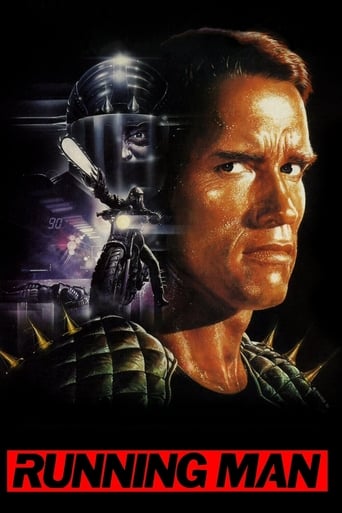
Reviews
Just so...so bad
A Masterpiece!
One of the worst ways to make a cult movie is to set out to make a cult movie.
Through painfully honest and emotional moments, the movie becomes irresistibly relatable
Three stories make up "Twice Told Tales", and only the first is worth mentioning. That's "Dr. Heidegger's Experiment", and all three were written by Nathaniel Hawthorne. Vincent Price is in all three, but none of these stories have any visible scare quotient. In fact, the stories aren't horror stories but melodramas put on screen by MGM. No atmosphere, no moody photography and no scary moments."Rappaccini's Daughter" is the second and is about a radioactive plant and a girl infected by it and is not that interesting. The third is a truncated version of "The House Of The Seven Gables", which does not stick to the original story and is the least scary - and the least interesting of the three. You can read other reviewers for a summary of the three but the entire product is not worth the trouble to record it, much less watch it.
Another triple play of Poe/Price, like Tales of Terror, but without Corman, and not quite as good. The stories are a bit too nice... a bit melodramatic and drawn out. The tales are Heidegger's Experiment, Rappaccini's Daughter and The House of Seven Gables, and the stories are really the stars. Heidegger's explores that nugget of eternal life, Rappaccini's is about the relationship of poison and purity and Seven Gables is a twisted ghost/blood feud with lots and lots of blood. All three are certainly unusual topics, but I'd say Heidegger's and Rappacini's were my favourite. Again, the sets and design were fantastic, if limited in scope and the actresses beautiful (especially Garland and Taylor). The attention to detail is remarkable. Still, it's something only a Price/Poe fan will love, which is fine by me.
Vincent Price stars in three effectively eerie and engrossing tales of terror based on the short stories of Nathaniel Hawthorne. First and most touching vignette, "Dr. Heidegger's Experiment" - Price and Sebastian Cabot are superb as a couple of elderly old friend physicians who discover the secret of immortality in this thoughtful and moving meditation on death, aging and mortality. The gorgeous Mari Blanchard is radiant and ravishing as Cabot's deceased wife who's resurrected from the grave. Second and most original segment, "Rappaccini's Daughter" - The strikingly comely Joyce Taylor is enchanting as Beatrice, a lovely young lass with a lethal poisonous touch. Brett Halsey is likewise charming as the nice young man who falls in love with Beatrice while Price delivers a marvelously hateful turn as Beatrice's domineering and overprotective father. Third and most horrific episode, "The House of the Seven Gables" - Price hams it up nicely as a wicked wealthy swine who returns to a creepy crumbling family mansion that has a 150 year old curse on it to find a buried hidden fortune. Beverly Garland as Price's fetching wife, Richard Denning as a dashing, handsome rival and especially Jacqueline de Wit as Price's greedy sister lend sturdy support in this shockingly violent and gruesome yarn. Capably directed by Sydney Salkow (who reteamed with Price for the excellent "The Last Man on Earth"), with an intelligent and elegant script by Robert E. Kent, a spare, shivery score by Richard LaSalle, vibrant, richly saturated bright color cinematography by Ellis W. Carter, plenty of brooding, eerie, melancholy atmosphere (the second story is particularly sad and haunting), a slow, stately pace and uniformly fine acting from a tip-top cast, this fright feature overall rates as a solid and satisfying omnibus outing.
"Twice-Told Tales" is a wondrously fascinating horror omnibus and probably one of the most underrated genre efforts of the entire sixties. I'm ashamed to admit that I wasn't really familiar with Nathaniel Hawthorne's writings before (apart from multiple adaptations of "the Scarlet Letter") but, even though he's not as prominent as Edgar Allen Poe or H.P Lovecraft, his stories are pure Gothic goodness and morbidly poetic horror material. Each of the three tales told here are magnificent, albeit slightly suffering from their shortage and I'll definitely continue to look for the long-feature film version of "The House of Seven Gables", as I know it's available somewhere. The first tale; Dr. Heidegger's Experiment, is an atmospheric appetizer handling about an ancient horror topic, namely the search for eternal youth. Life-long friends Alex and Carl fortuitously discover that the water dripping on the coffin of Carl's dead bride contains the power to restore their own youth and even to resurrect the unfortunate Julie. But the revival of old friendships sadly also emerges hidden secrets and forbidden passions from the past. There are some excellent set pieces used in this first episode and the brief use of special effects is well-staged and definitely ahead of its time. Vincent Price shines as the initially reluctant guinea pig and his sudden transformation into deceptive Adonis is believable. Sebastian Cabot and Mary Blanchard are very adequate in their supportive roles. The second story is arguably the best and unquestionably the most ingenious one of the three. "Rappacchini's Daughter" also is one of the few horror tellings that ever managed to frighten me with its content. Price this time stars as the tormented scientist Rappaccini, who pumped his poor daughter Beatrice so full of poison that she absorbs the color and life out of everything she touches. Supposedly to protect her from all the evil in this world, but now the young beauty can't return the honest love of new student in town Giovanni. This particular tale is haunting, saddening and petrifying all at once! No matter how selfish and monstrous the crimes of Price's character are, he's a hurt soul and you're more likely to pity him rather than to loath him. The flower garden, where most of the story is filmed, is truly enchanting and Joyce Taylor is simply mesmerizing as the poor Beatrice. The tragic climax to this tale could have come straight from Shakespeare's repertoire. The third and final tale in this marvelous horror anthology is called "The House of Seven Gables" and revolves on a feud between two families that still lives on after several generations. Gerald Pyncheon and his sister Hannah desperately seek a hidden vault in their family mansion and the only person who knows where it might be located is Jonathan Maule, descendant of the architect who originally designed the house. But Jonathan won't help, because his ancestor was cowardly killed by the Pyncheons for falling in love with the wrong girl. Gerald's attractive wife Alice turns out to be a spiritual link between the two families and able to clear up several ancient mysteries. As mentioned above, this tale suffers the most from being part of an omnibus. The screenplay was adapted from an entire novel and thus a lot of Hawthorne's thoughtful sub plots and character drawings were lost in the 45 minutes tale. Still, it's a very decent 'haunted house' premise with nice scenery and a handful of genuinely suspenseful moments. Vincent Price is at his most fiendish here and there's quite a lot of bloodshed. Perhaps I'm over-rating this film slightly, but it deserves a bit of extra attention! It's a wonderful film, rich on symbolism and Gothic charm and it would be a damn shame if true horror fans let it pass by them.

